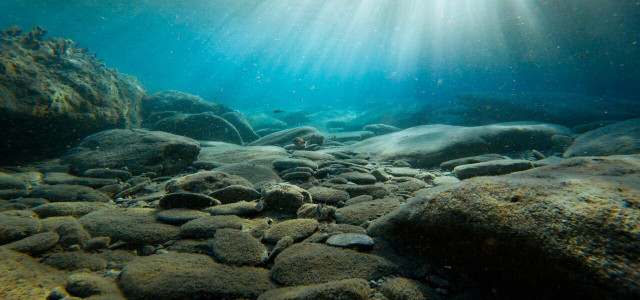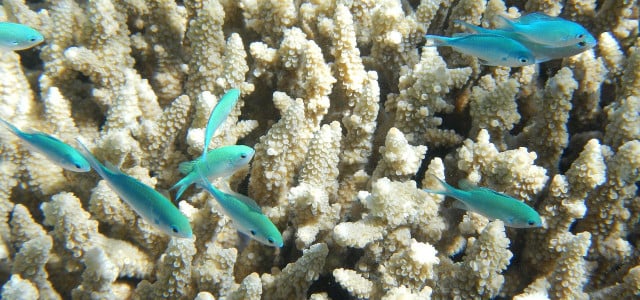Do you know what causes ocean acidification and if it can be reversed? Here’s what you need to know about its impact on marine life and how it affects US waters.
Ocean acidification is a growing concern for the world’s oceans and marine life. As carbon dioxide emissions from human activities continue to increase, the world’s oceans are becoming more acidic, leading to various adverse effects on marine ecosystems.
But what causes ocean acidification? We’ll explain this and explore whether or not this trend can be changed. By looking at the science behind ocean acidification, we can determine what the potential consequences will be if action is not taken to address this issue.
What is Ocean Acidification?
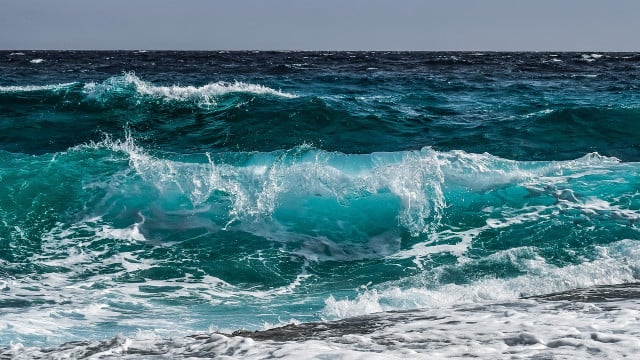


The National Ocean Service defines ocean acidification as the long-term decrease in the pH level of the ocean. What causes ocean acidification is decreased pH due to the absorption of large amounts of carbon dioxide (CO2) from the atmosphere into the ocean. This increased CO2 leads to a lower pH, causing the ocean to become more acidic.
As it stands, the acidity of the ocean is 8.1 pH. While this is not typically acidic, as acids are defined by having a pH of less than 7, in the last 200 years, the pH of the ocean has dropped by 0.1.
However, since pH levels are logarithmic, each decrease in pH level makes the ocean several times more acidic than before. As a result, current trajectories suggest that by the end of the century, the ocean will be the most acidic it’s ever been in the last 20 million years.
What Are the Effects of Ocean Acidification?



The impacts of ocean acidification on marine life and ecosystems are significant, including:
- Decreased calcification in shell-forming organisms: As the ocean becomes more acidic, the availability of carbonate ions, which are essential for forming shells and skeletons, decreases. This can lead to decreased growth or reduced strength and thickness of shells in organisms like mollusks, crustaceans, and phytoplankton.
- Decreased growth and survival rates in juvenile organisms: Coelomic fluid is a liquid found in the body cavities of some invertebrates. It acts as a cushion for internal organs, helps transport nutrients and waste, and can assist with movement in some species. However, it requires a specific pH balance to function and metabolize energy correctly. Researchers argue that ocean acidification affects this balance and is particularly damaging to young species. This can reduce the number of individuals that reach maturity and negatively impact population size.
- Changes in species composition and distribution: Ocean acidification can affect different species in different ways, with some species being more vulnerable than others. This can result in changes in the distribution and abundance of species and alter the composition of ocean ecosystems.
- Impacts on food webs and ecosystem processes: Changes in the distribution and abundance of species due to ocean acidification can have cascading effects on the rest of the ecosystem. This can alter food webs, disrupt predator-prey relationships, and alter the balance of energy and nutrients within the ecosystem.
- Reduced resilience to other stressors: The effects of ocean acidification can weaken the strength of marine organisms to other stressors, such as disease, temperature changes, and pollution. This can reduce the ability of the ecosystem to withstand additional disturbances and increase the risk of collapse.
What Causes Ocean Acidification?
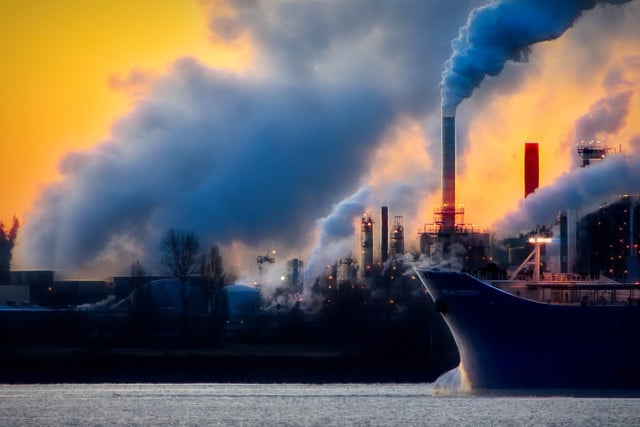


As previously mentioned, the leading cause of ocean acidification is the increasing amount of carbon dioxide (CO2) in the atmosphere. The ocean absorbs a significant amount of this CO2, causing the pH of seawater to decrease, consequently making it more acidic.
According to the National Oceanic and Atmospheric Administration (NOAA), roughly 30% of the CO2 emitted by human activities ends up in the ocean, where it reacts with seawater to form carbonic acid.
The National Resources Defence Council (NRDC) elaborates that human activities have contributed to air pollution such as burning fossil fuels, deforestation, and land use changes, and CO2 emissions have accelerated. These activities have led to a 50% increase in atmospheric CO2 since the Industrial Revolution, and the ocean has become 26% more acidic as a result.
Examples of Ocean Acidification
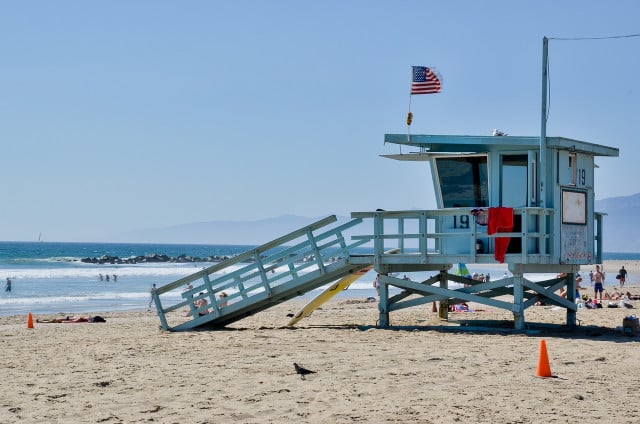


There are several pertinent examples of ocean acidification in the US. Here we’ll cover a few of the areas most affected and vulnerable to this phenomenon:
The West Coast
The west coast of North America borders the Pacific Ocean and houses several ecologically significant features. Most notably, it supports many highly productive habitats and several diverse marine and aquatic species.
However, this coastline is particularly vulnerable to the effects of ocean acidification because it already has higher acidity than other regions. The NOAA explains that the West Coast of North America is more prone to ocean acidification due to a combination of natural and anthropogenic factors.
These factors include seasonal upwelling events that bring acidic water to the surface, runoff of nutrients from land that stimulates algae growth, and the input of carbon dioxide from the atmosphere. These conditions make the West Coast of North America particularly susceptible to ocean acidification. This, in turn, negatively impacts marine life and local economies that rely on shellfish industries.
Southeast Coast
The Southeast coast of North America runs across the states of Georgia, Florida, and North and South Carolina. Like other U.S. coastal regions, scientists have found what causes ocean acidification is predominantly the rising CO2 levels in the US and the knock-on effects of eutrophication.
Eutrophication is a process in which a body of water (such as a lake or a coastal area) receives an excessive amount of nutrients, increasing algae and other aquatic plants. This growth of plants depletes the water of oxygen. In many cases, fertilizers and pesticides are the primary cause of ocean acidification.
However, in combination with the low oxygen, acidity, and toxicity of these products, they can actually change the gene structure of certain marine organisms. Coral, for instance, won’t be able to regulate oxygen intake as well, leading to slower wound recovery and lower reproduction rates.
Are There Any Solutions?



As it stands, ocean acidification remains one of the greatest threats to marine life and ecosystems. Despite the severity of the issue, there are several approaches that can potential reduce the harm caused by ocean acidification:
1. Reducing greenhouse gas emissions
The Union of Concerned Scientists (UCSUSA) suggests the most effective way to mitigate ocean acidification is to reduce the amount of carbon dioxide (CO2) released into the atmosphere. We can achieve this by transitioning to renewable energy sources, improving energy efficiency, and adopting sustainable agricultural practices.
2. Increasing carbon storage in the ocean
Another solution is to increase the amount of carbon dioxide stored in the ocean, primarily through the natural process of photosynthesis by plants and algae. Large-scale underwater vegetation such as kelp and seagrass have been identified as particularly effective for absorbing and storing CO2.
3. Introducing sources of calcite
Older research has also found that we could mitigate some of the effects of ocean acidification by introducing sources of calcite, in the form of limestone powder, back into the ocean. These materials help to neutralize the acidity of the water. They also suggest that if the addition of calcite had the desired effect, the level of CO2 in the atmosphere could decrease as the ocean would be better able to absorb CO2 than it can now.
4. Structural measures
Finally, local governments can implement structural measures to reduce ocean and coastal acidification, such as establishing buffer zones around sensitive areas that they can monitor for acidity levels. Currently, the EPA is in the process of addressing these issues— investing in monitoring and research, developing adaptation strategies, promoting healthy coastal ecosystems, and improving communication and public engagement. They have also supported public-private partnerships for coastal resilience.
The hope is that by employing such steps, we can increase the resilience of coastal communities to ocean acidification. This places them in a better position to tackle the impacts of climate change.
Read more:
- What Do Corals Eat & How Is It Affected by Climate Change?
- 8 Things You Can Do to Save the Ocean
- Clever Ways to Reduce Your Carbon Footprint
Do you like this post?






